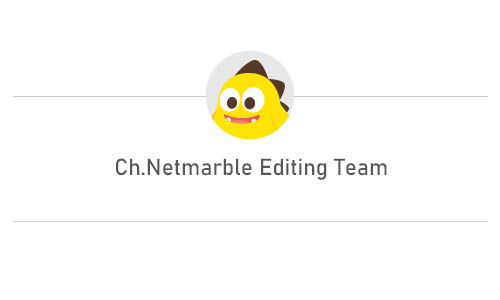MARBLEX’s “Union Tokenomics”: One unique game token for multiple games?
- The unique structure of MARBLEX's ecosystem for its token economy, "Union Tokenomics"
- Game Token, Bridge Token, Public Token and how they interact to form an economic community between games.
- Enhanced game synergy by using one Game Token for multiple games
MARBLEX, the blockchain ecosystem officially released by Netmarble last year in March, is awaiting its evolution from Web 2.0 to Web 3.0. By integrating the word “Universe” in their new title, MARBLEX plans to launch “MBX Universe 3.0” in conjunction with the official release of Meta World: My City, a sequel to one of the most iconic cornerstones of Netmarble games called “Let’s Get Rich”.
MBX Universe 3.0 was first announced at MBX DAY which was held in January 2022
The newly evolved MARBLEX integrates several keywords such as “Universe” and “Meta World”, each implying the arrival of a new era. Now, one might ask, “Why were these words chosen?“
It all leads to the grand reveal of “Union Tokenomics”, a token model that will essentially incorporate all games within the MARBLEX ecosystem to become one big, interconnected community.
So, what form is Union Tokenomics going to take? What role will Meta World: My City play in the development of Union Tokenomics? Let’s take a look at how MARBLEX will address these questions.
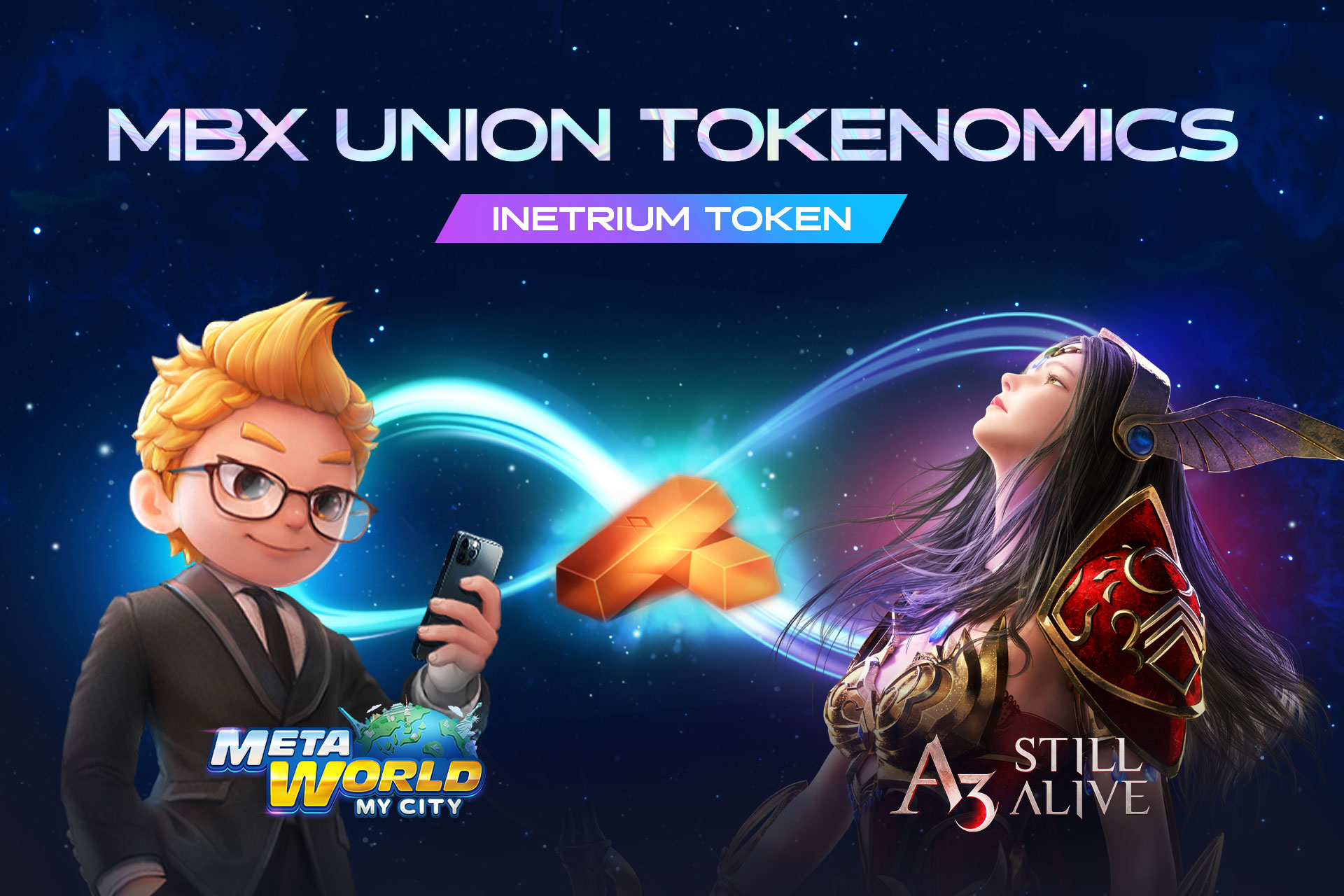 What exactly is Union Tokenomics?
What exactly is Union Tokenomics?
Definition of Union Tokenomics
Union Tokenomics refers to the token economics of the MARBLEX ecosystem. Let’s have a closer look by opening up the <MARBLEX White Paper>.
According to the White Paper, the following tokens exist in the MARBLEX ecosystem. First off, for each game there exists a “Game Token” and on top of that there is the “Public Token”, or MBX, that acts as the key currency for the entire ecosystem. However, Game Tokens and MBX cannot be exchanged directly, but rather through a “Bridge Token” called MBXL. Here, the MBXL acts as a “bridge” between the Game Tokens themselves.
Blueprint on Netmarble’s Blockchain Ecosystem
For the majority of blockchain games, there exist in-game currencies that can be exchanged into Game Tokens. For example, in the first game of the MBX ecosystem, “A3: Still Alive”, players must collect “Inetrion Ore” in order to obtain the Game Token, INETRIUM (ITU). In most cases, Inetrion Ore can be farmed by hunting mobs of monsters within the game, but this process is normally referred to as “mining”.
The tokenomics of the MBX ecosystem is completed once the different types of tokens mentioned above are “bridged” together. Specific Game Tokens collected through games can be exchanged into MBXL, and later MBX. This process can also be performed vice versa. Also, it is possible to use MBXL to change between different Game Tokens.
The relationship between different types of tokens
Many people are under the impression that blockchain games are mainly focused on the “monetization” of cryptocurrency. However, the truth is that it is quite common for players to use their earnings to purchase in-game products without any ulterior motives for investment. As a matter of fact, one of the games within the MBX ecosystem called “Ni no Kuni” was reported to have a larger portion of players spending their earnings within the game itself.
Taking this into consideration, it might be possible to make the following assumption. A player that mainly plays one specific game in the ecosystem might decide to move on to a new release while retaining the assets from the previous game. The player has fun playing the new game for some time and may freely decide to go back to the former game. Or the player could even play both games and depending on the circumstances, exchange the virtual assets back and forth between them.
Using the MBX Wallet to switch between different game tokens
From the players’ standpoint, they do not have to worry about the time and effort they’ve invested into the game and are free to try out various games at their leisure. On the other hand, the developers have no need to be concerned about the competition between the games and can expect a greater influx of players during the early stage of new releases. In addition to this, when more games are added to the ecosystem, the virtual assets become more usable. As an added benefit, this allows the value of the assets to stabilize.
However, this model of tokenomics does not only apply to the MBX ecosystem. Countless blockchain ecosystems are already striving to achieve this in their own way. What makes the MBX ecosystem’s “Union Tokenomics” unique is that games and Game Tokens are not in a 1:1 corresponding relationship.
As mentioned above, the Game Token ITU from “A3: Still Alive”, is also going to be the main Game Token for the upcoming “Meta World: My City”. If one Game Token becomes the main currency for multiple games, then this helps preserve the value of the Game Token. Furthermore, “multiple games” of different genres can prevent what we typically refer to as “cannibalism” between the games.
ITU, the Game Token for “A3: Still Alive” and “Meta World: My City”
Earn INETRIUM by playing board games & managing virtual real estate!
- Enhancing the fun factor through gameplay & intimate economic structure
- Distinguished method of ITU propagation in contrast to “A3: Still Alive”
- The “virtuous cycle” of in-game currency, Meta Cash
Image of the upcoming Meta World: My City
The fourth addition to the MBX ecosystem and the second game that uses INETRIUM as its main Game Token is none other than “Meta World: My City”, the sequel to the global sensation “Let’s Get Rich”. By rolling the dice to move their characters around the board, players will stop at various landmarks, manage real estate, and engage in a fierce battle of mental gymnastics while enjoying the thrills of virtual economics.
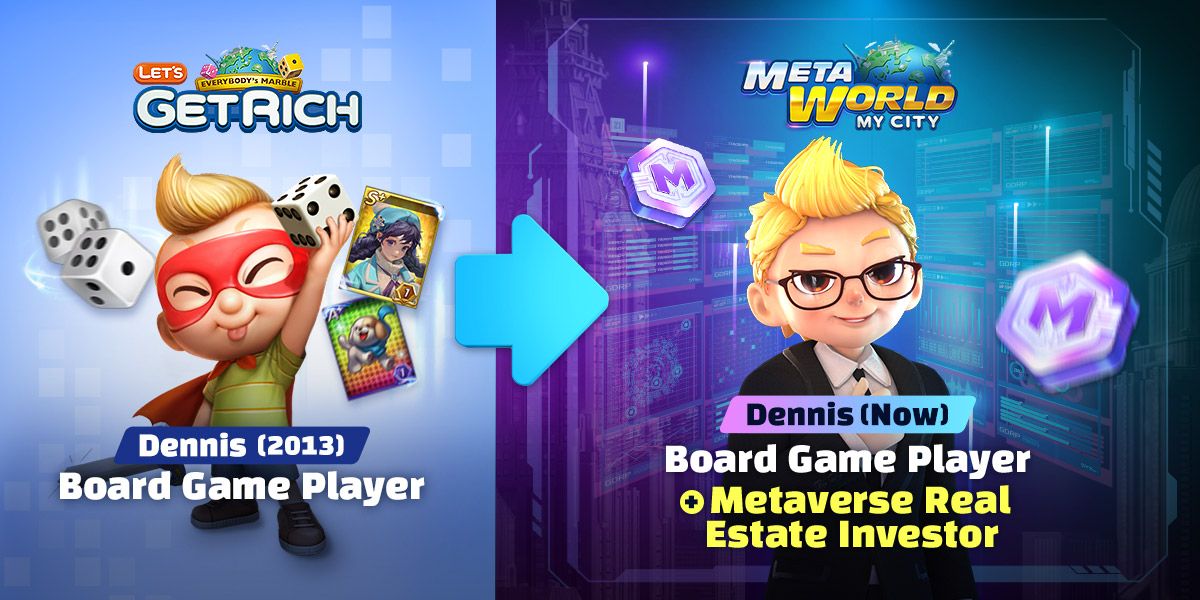 Let’s Get Rich and its sequel Meta World: My City
Let’s Get Rich and its sequel Meta World: My City
Meta World: My City embodies all of the key traits from its prequel, while at the same time introducing brand-new features. Inside the Meta World based on real-life topography, players will be able to hold virtual real estate in various forms. This is the distinguishing feature that sets apart Meta World: My City from Let’s Get Rich, where the management and trading of real estate only took place inside the board game.
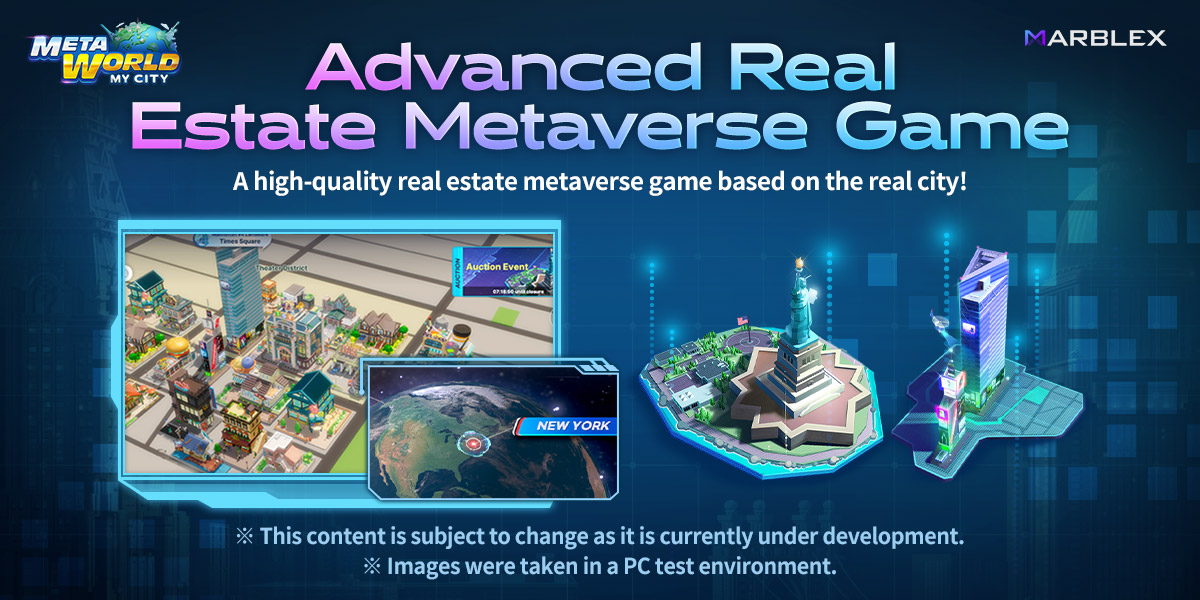 Meta World: My City’s two main features: board game and metaverse real estate
Meta World: My City’s two main features: board game and metaverse real estate
So how exactly would players earn INETRIUM by playing the board game and managing virtual real estate? By climbing higher up on the leaderboard and by holding real estate inside the metaverse, players will be able to earn an in-game currency called “Meta Cash”, which could then be exchanged for ITU.
Meta Cash plays the corresponding role of the “Inetrion Ore” from “A3: Still Alive”, as it can be acquired similarly. The main focus here is that there’s a discrepancy between the game genres; one being an MMORPG, the other a real estate board game. An MMORPG requires a lot of time, effort, and repetitive farming, and the same goes for the overall process of obtaining ITU. On the contrary, Meta World: My City is more of a casual, laid-back game, whose process of obtaining Game Tokens is equally relaxing in a way. In other words, Meta World: My City does not require players to be “core gamers” and makes it easier for them to approach the game.
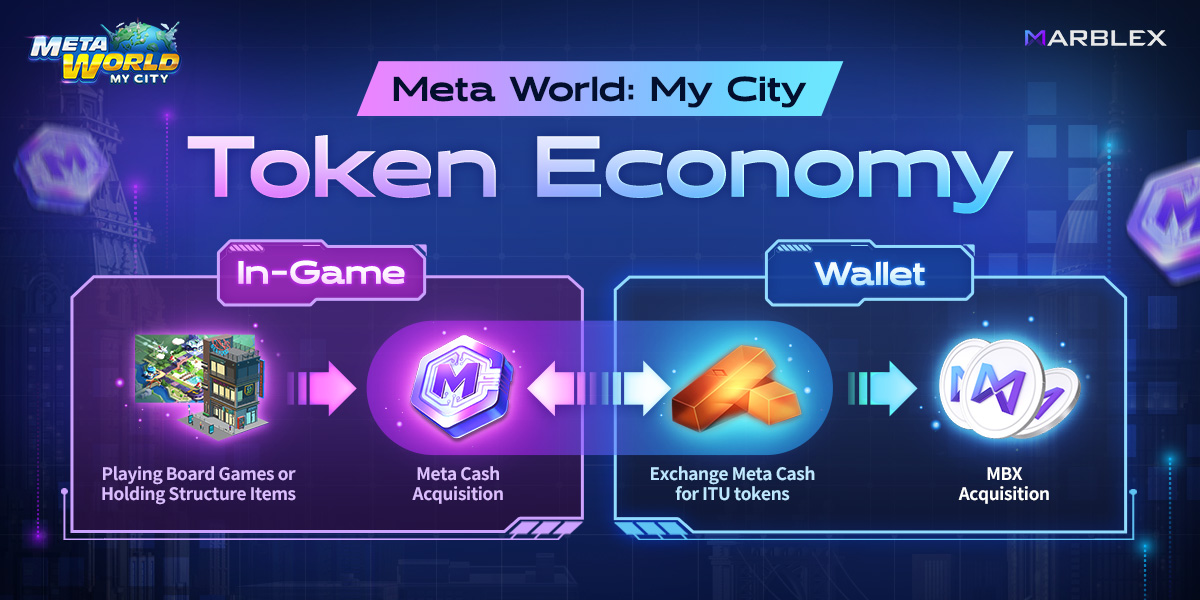 Exchanging Meta Cash earned through board games and metaverse real estate into ITU
Exchanging Meta Cash earned through board games and metaverse real estate into ITU
Let’s take a closer look at the tokenomics behind Meta World: My City. Meta Cash, the currency that is exchanged for ITU, can specifically be earned through rank rewards, real estate income based on the value of virtual real estate, and also through trading character cards and structure items. In the case of NFTs, direct sales by the developers should be avoided, and instead players will be given the option to mint high value character cards and structure items into NFT to be freely traded within the game. Here, the minting procedure can only take place given that certain conditions are met such as character level or structure item level.
The amount of compensation that goes to the Structural Item Holder increases as the Meta World: My City ecosystem becomes more active. This includes various factors such as DAU (the number of daily active users), virtual real estate transactions, the number of board game plays, and the user's consumption of game goods (dia, crystal, gold, etc.).
Moreover, it is impressive that the issuance volume of Meta Cash boldly breaks away from the infinite mining method borrowed from most P2E games, and as previously mentioned, it has made efforts to prevent a decline in token value due to inflation and establish a sustainable compensation system.
Then how exactly does this “adequate supply of Meta Cash based on the ecosystem’s activity level” work? A Publisher plans to purchase the MBX generated by in-game transactions and exchange it into ITU, and later exchange it again into Meta Cash to be used as a source of revenue.
Instead of circulating new tokens, this structure purchases already existing ITU from the market and exchanges it into Meta Cash, allowing the Game Token value to be preserved in a sustainable way. As the game becomes more active, an even greater number of revenue sources can be used to purchase Meta Cash based on the real estate trade and sales volume within the game. This structural design allows players to reap bigger benefits as the game becomes more successful.
Based on the key factors of the so-called “virtuous cycle of Meta Cash”, we can expect Meta World: My City to present a well-polished tokenomics that supports a sustainable economy.
So it begins… MBX Universe 3.0
With the upcoming release of Meta World: My City, the MBX ecosystem has entered a new evolutionary stage. Admittedly, it can’t be denied that previous games weren’t able to adapt quickly when they first joined the ecosystem. However, upon taking a closer look, every single game had its own unique genre and system and different methods of collecting and using its virtual assets. What makes the MBX ecosystem stand out is that it was not simply assimilating other blockchain games in the market, but rather creating its own paradigm.
All in all, in addition to the “Union Tokenomics” where one Game Token can be used for multiple games, the possibility of overcoming the limitations of a single mainnet to adopt a “multichain” in order to attract users from various mainnets into the MBX ecosystem has been announced earlier this year in January at “MBX DAY”. This coincides with the release of “Meta World: My City” and everything will come together to form the “MBX Universe 3.0”. We can surely expect the MBX ecosystem to bring about a butterfly effect on the blockchain game market.
How will the MBX Universe 3.0 impact the blockchain market?
